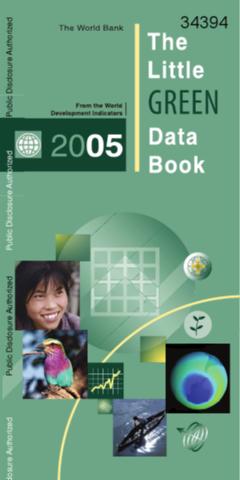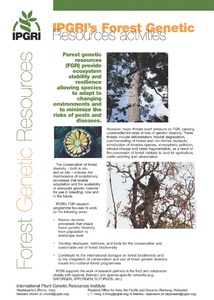Shrub pastures ("kermes-oak type" and "spiny shrub") in the Iberian Mountain Range of Aragón (Spain). Characterization, cartography and evaluation
This work is settled in the context of the Project "Characterization, Cartography and Evaluation of Spanish pastures" (INIA-CCAA OTOO-037-C17). Results of the characterization, cartography and evaluation by means of the phytocenologic and cartographic units established by authors, the II National Forestry Inventory (DGCN, 1996) and the Forestry Map of Spain (DGCN, 2001) are presented. Considering the dominant species provided by the last mentioned work and the phytosociological characterizations, type-inventories are established, which allow an estimation of the pasture production.




